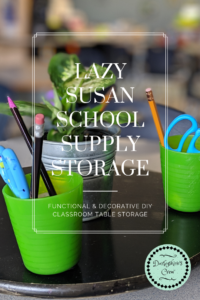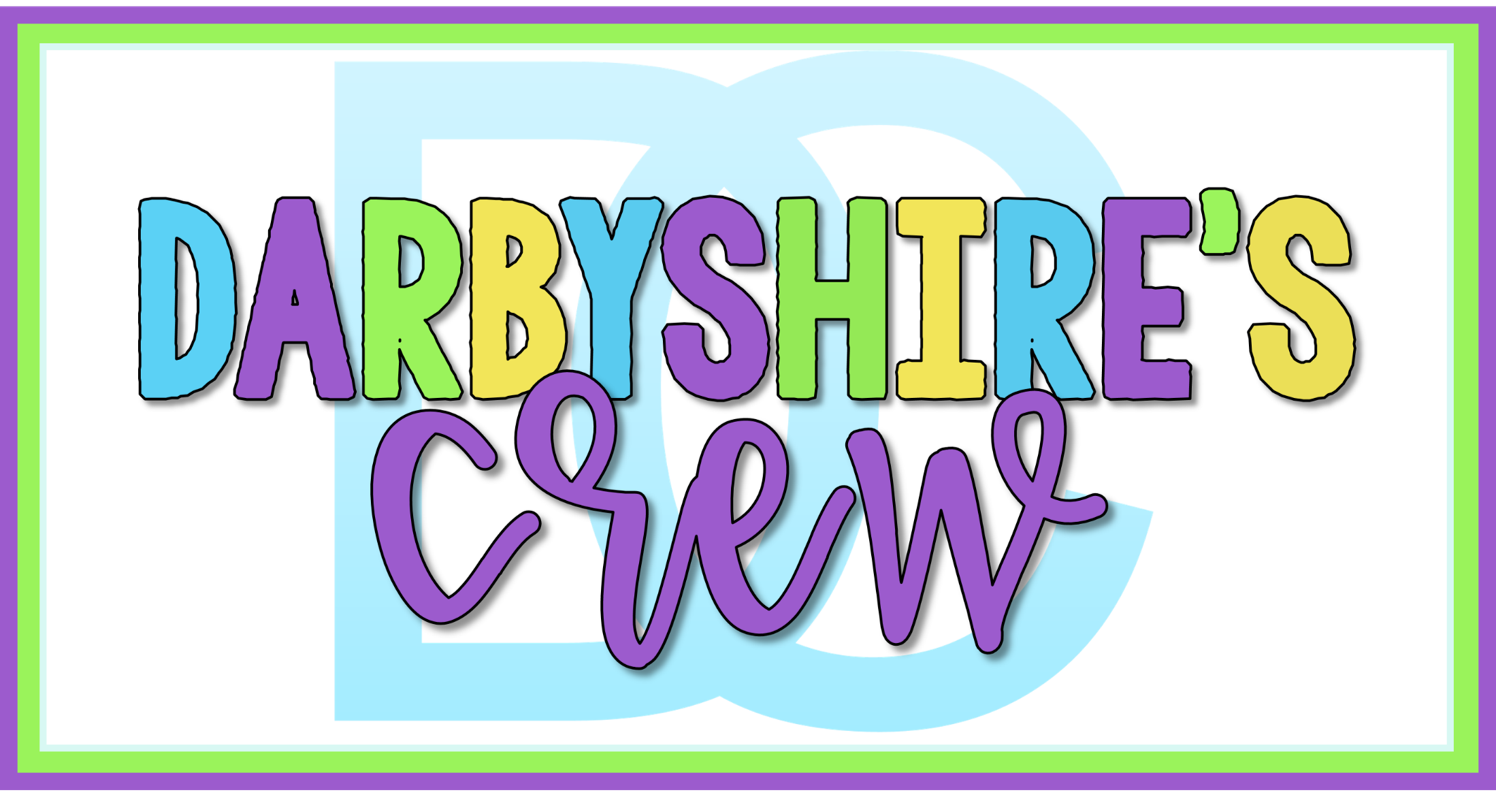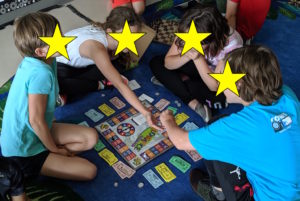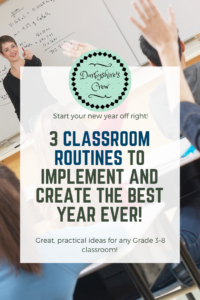 Every teacher knows the key to classroom sanity is routines. Classroom routines are predictable and predictable means that the students know what to expect. When they know what to expect, they will follow the expectations and things go smoothly. It becomes clockwork. If done well, a teacher isn’t even necessary to be there. Kindergarten teachers are the kings of routines. I remember being a teacher on call in a kindergarten classroom when I switched working to a new teaching district. This class had such strong and predictable routines. Every student knew what to do and when. It was almost like I was an obsolete member of the classroom that day. IT WAS FANTASTIC! I think sometimes as a middle school aged/intermediate teacher we forget the importance of classroom routine at that level. It is still magic!
Every teacher knows the key to classroom sanity is routines. Classroom routines are predictable and predictable means that the students know what to expect. When they know what to expect, they will follow the expectations and things go smoothly. It becomes clockwork. If done well, a teacher isn’t even necessary to be there. Kindergarten teachers are the kings of routines. I remember being a teacher on call in a kindergarten classroom when I switched working to a new teaching district. This class had such strong and predictable routines. Every student knew what to do and when. It was almost like I was an obsolete member of the classroom that day. IT WAS FANTASTIC! I think sometimes as a middle school aged/intermediate teacher we forget the importance of classroom routine at that level. It is still magic!
I didn’t have these routines at the beginning of my teaching career, like most of us, I tried lots of different things but over the course of time, I learned. I learned that routine was king. By creating classroom routines, I created a classroom that was predictable. This was especially important for students who needed that predictability, those who didn’t get that at home.
Number one key to routines: Must be done!
This is without a doubt the most important. Begin with the end in mind. Know what you want the routine to be. Plan it out. Think it through. And then TEACH it on REPEAT. Spend September and October teaching that routine to death. Make sure everyone knows expectations. Make anchor charts. Problem solve any issues. Praise when they do a good job. Recognize growth and progress. Then the rest of the year flows.
Yes, you will need to revisit those expectations. I had an especially rough class this year. It took a lot more reteaching than normal. But still the routines were what saved me from this class. Without the routine I literally would not have survived. Any new thing we tried to do was pretty much a failure. But the three activities listed below were SUPER SUCCESSFUL! (at least successful compared to everything else with this class) And with better classes they really were successful.
Classroom Routine # 1: Daily Physical Activity.

Implementing Daily Physical Activity (DPA) breaks up my afternoons. 2 hours of instructions after lunch, when kids are tired already and no afternoon recess to count on. I make my own. We go outside. Run around. Get fresh air.
This is a very structured time though. It is not a free for all. I need my students to know it is a brain break and there is purpose in what we are doing. I love that they start to recognize that their bodies need that movement. And they come back inside ready to tackle the last 45 minutes of the day head on.
You can read more about this here and here is a link to my favourite game to have the kids play during DPA. And it’s free!
Classroom Routine # 2: Daily 2 (our adaptation to Daily 5)
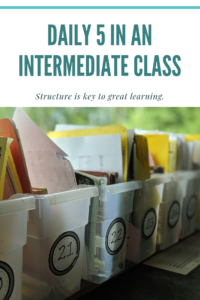
I literally hated teaching in the afternoon before I started implementing this. I tried so many different things to help me survive. The worst decision was trying to teach math in the afternoon (it was always classroom in my midday as I taught math – I’ll just move the calm to the afternoon! Epic fail! A story for another day…)
I digress. However, Daily 2 did evoke calm. Students have ownership and choice over their work and the expectations are clear. Again this happened in my afternoon, and as you can see, my afternoons are now complete structured and clear as much as I can make them.
Read more about Daily 2 here! It is amazing! I promise.
Classroom Routine # 3: Community Circle — The Most Important Daily Routine there is.
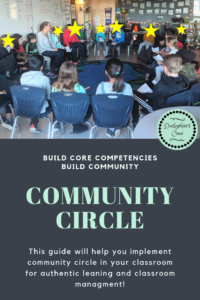
This is how we start our day, every day. This is a chance for the community to gather. Go over the shape of our day. This is when we connect and build our relationships. This is when we problem solve challenges we have. Overall, this is the key to building a strong classroom. Without this wonderful time of day, I wouldn’t have as strong a relationship with my students as I do and we wouldn’t have the community of learners and friends that we do.
Here is a detailed How to Guide for Community Circle. It includes how to structure it, activities to do with your students and how to develop those great problem solving skills and build a strong community of learners. Here is discussion of the theory and my journey with this process.
What routines do you use and love in your classroom?
♥ Cassandra
PS. Looking to add functionality and some greenery to your classroom? Check out these center pieces for tables to hold daily student supplies!
